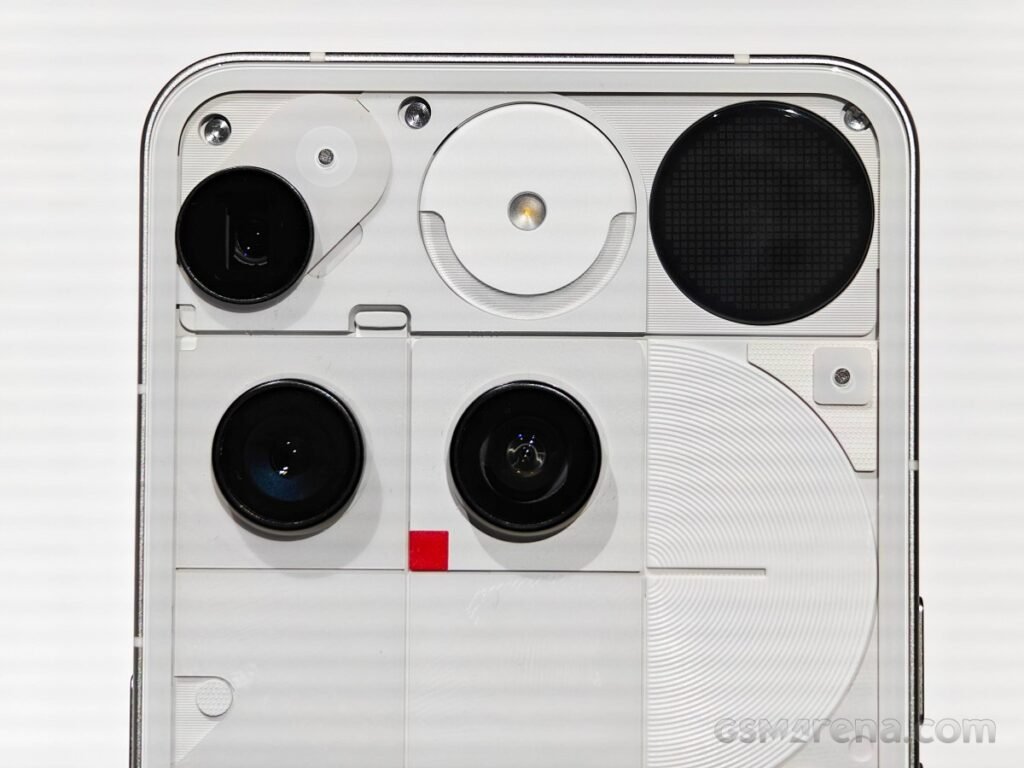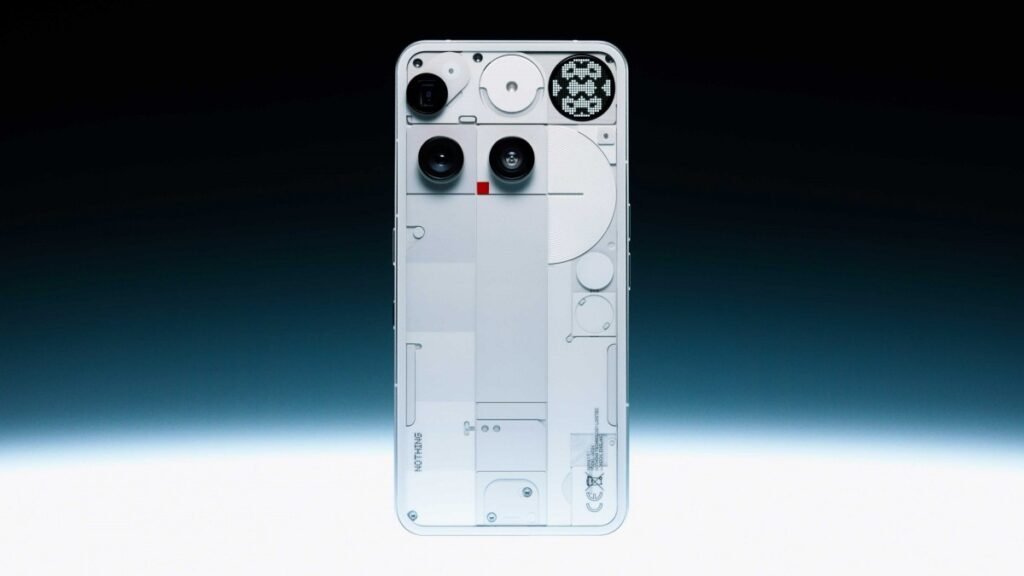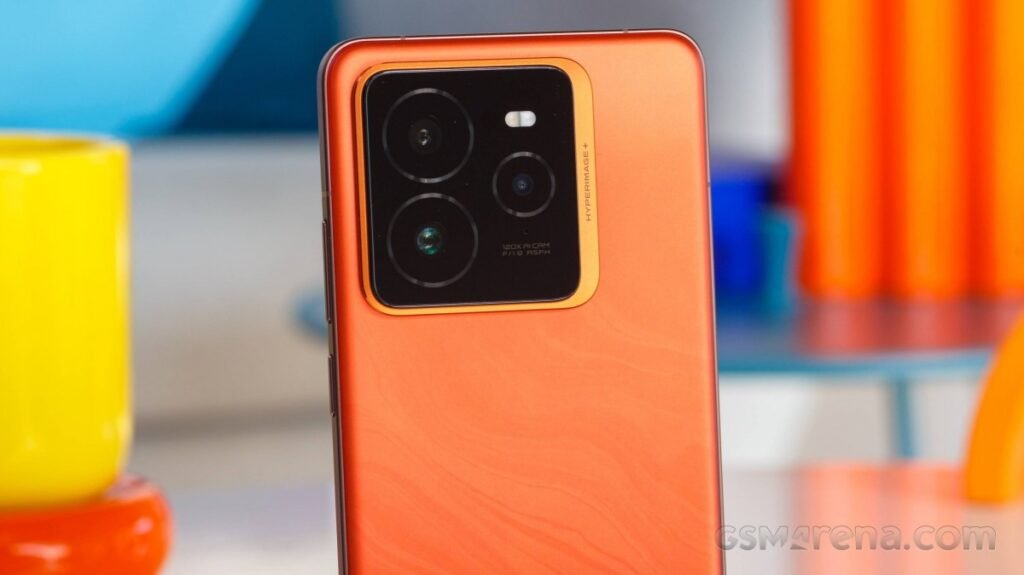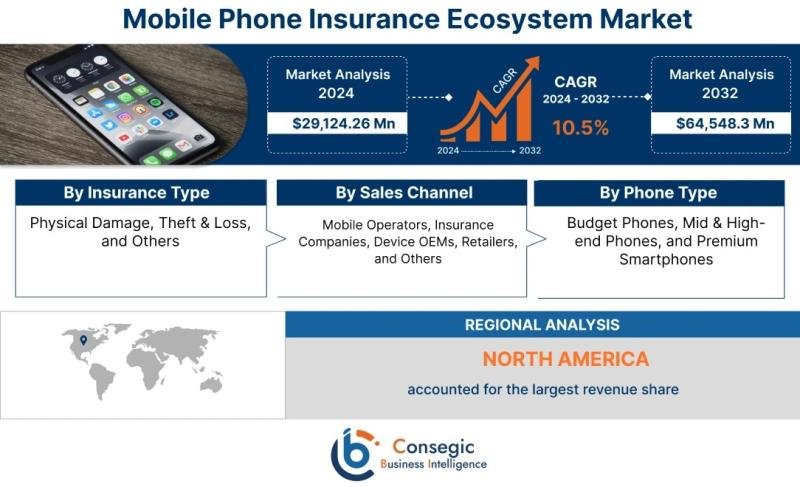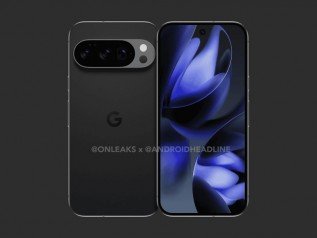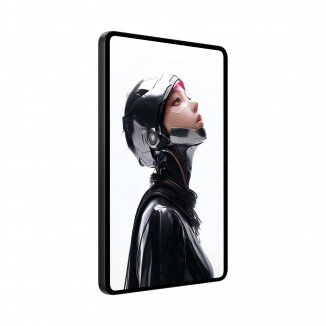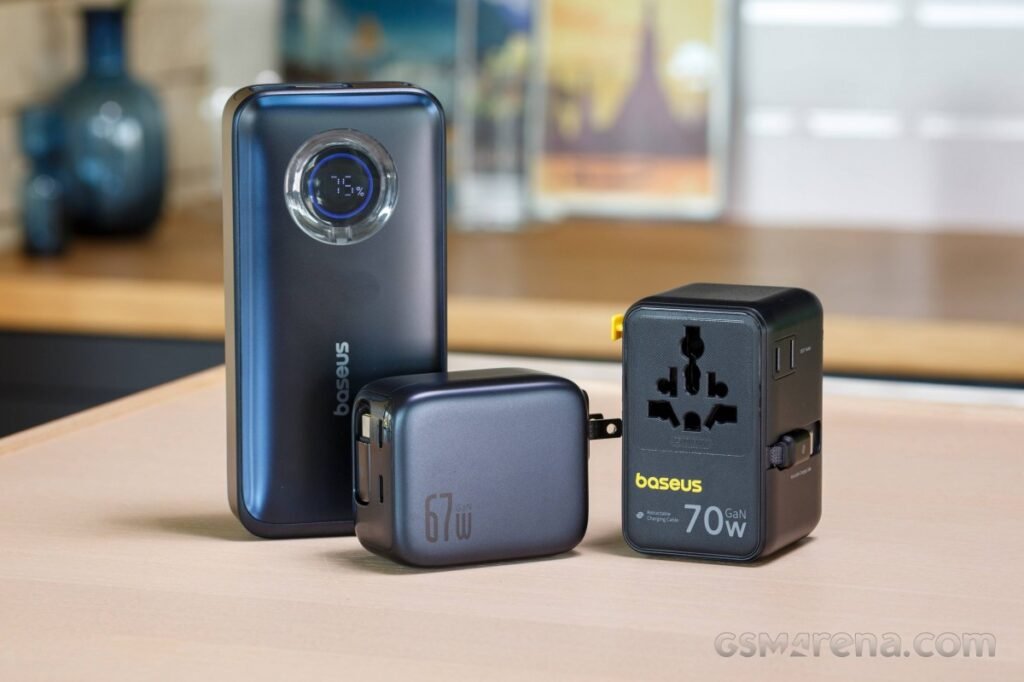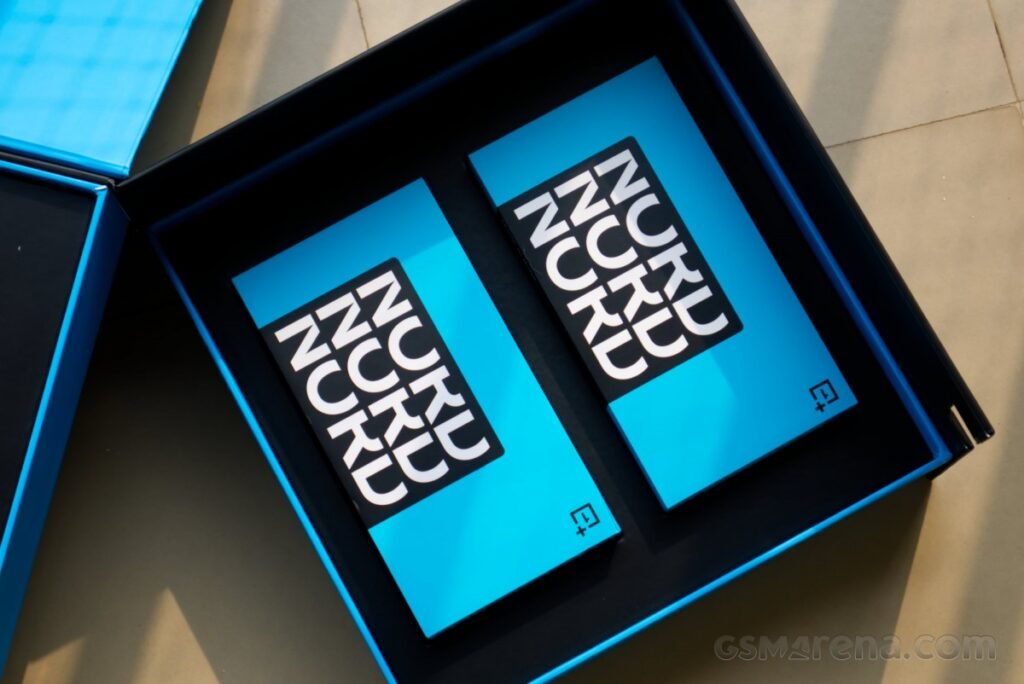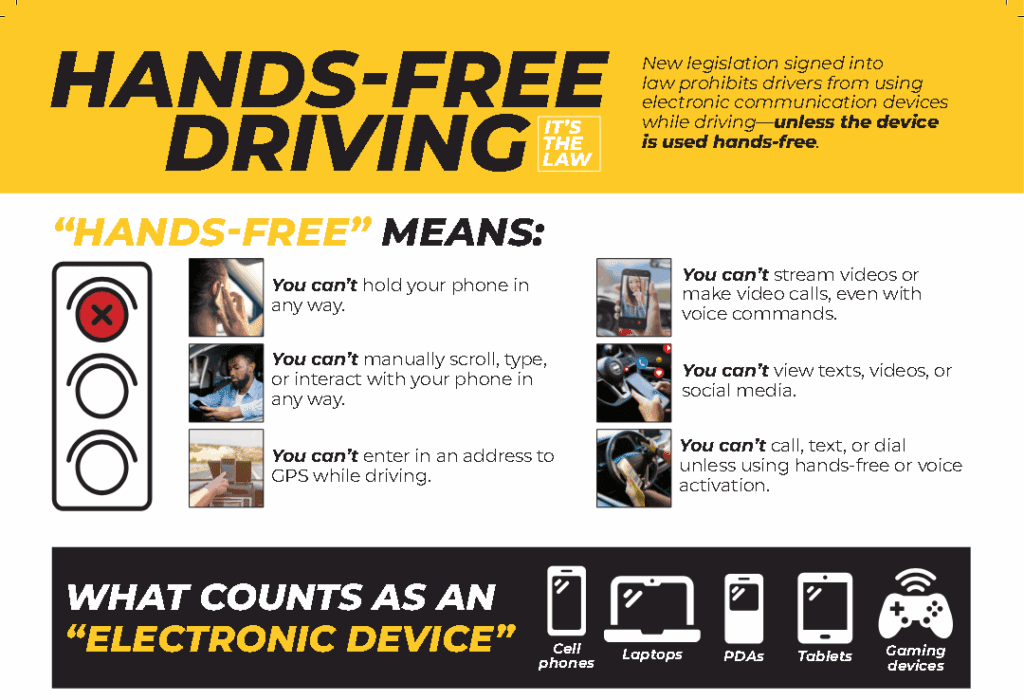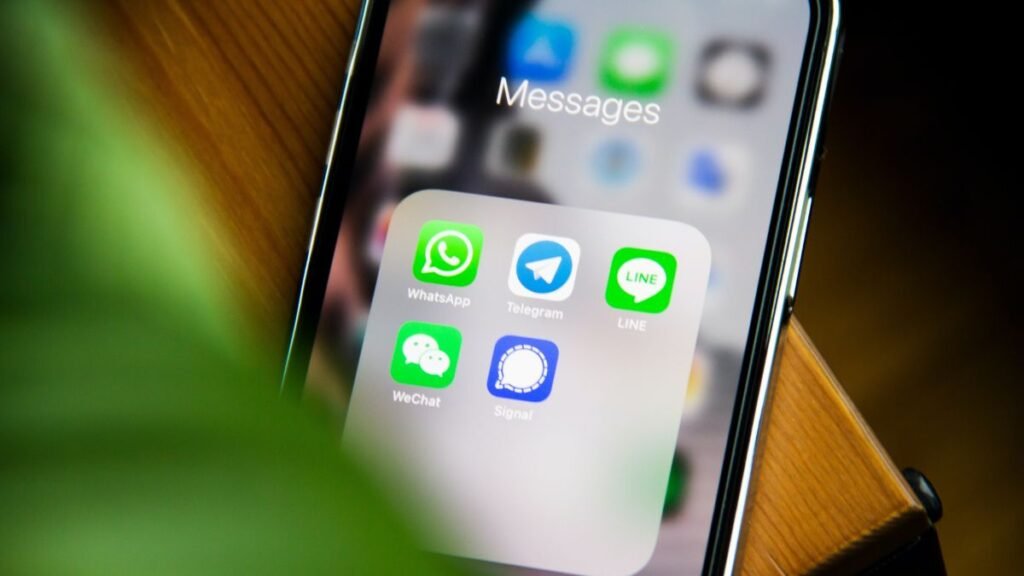“The Glyph interface is not a gimmick,” Nothing founder and CEO Carl Pei told the press as he revealed the Nothing Phone 3 for the first time, shortly before announcing that its new iteration lets you play Spin the Bottle on the back of the phone.
It’s mixed messaging, but in Nothing’s defense, you couldn’t accuse them of making that mistake elsewhere. The Phone 3, we’re told, is Nothing’s “first true flagship phone,” a point the company is keen to hammer home: flagship chip, flagship camera, flagship price. In fact, it’s so flagship that the company is even springing for a true US launch, its first since 2023’s Phone 2, which Pei tells me only makes sense for their “premium” phones.
At $799, the Phone 3 is priced to match the iPhone 16, Galaxy S25, and Pixel 9, as Nothing positions itself firmly outside its mid-range origins, and Pei says the company feels ready “to compete with products in that price level.” Preorders open Friday, July 4th, with general sale starting from the 15th from Nothing’s own webstore and Amazon in the US. Nothing says the phone is fully compatible with T-Mobile and AT&T, with “more limited 5G support” on Verizon.
This is Nothing’s most expensive phone yet, but on paper the specs should keep pace with the price. The Snapdragon 8S Gen 4 chip isn’t the most powerful around right now, but its performance should cope with all but the most demanding mobile games, especially paired with up to 16GB of RAM. Storage starts at 256GB, and for an additional $100, you can get 512GB.
The Nothing Phone 3 uses a silicon-carbon battery, a relatively new technology that makes it easier to fit big batteries into small phones. Here, that means a generous 5,150mAh capacity, combined with a 65W wired charging speed and 15W wireless charging speed. The 6.67-inch OLED screen is more than twice as bright as the Phone 2’s, and the IP68 water- and dust-resistance rating is a first for Nothing too. All four of the cameras — three on the back, one on the front — are 50-megapixel, though it’ll be impossible to say whether they’re any good until we get to test the phone out properly. Nothing’s camera processing has lagged a little behind the competition in the past, so this’ll be the area to watch.
All that’s in line with other flagship phones, so what makes the Phone 3 feel like Nothing? That’s where that new, gimmick-free Glyph design comes in. While previous Nothing phones have featured an array of light strips that can glow and flash in custom patterns for notifications and ringtones, here, those have been swapped out for a small, circular dot matrix LED display in one corner of the back of the phone.
The Glyph Matrix is immediately less striking than the older phones’ designs, and less unique too — Asus has included dot matrix displays on the back of its ROG gaming phones for years. Pei told me that the advantage is that custom notifications can be “much more immediate,” with easily recognizable images or emoji tied to specific apps and contacts rather than abstract animations that might be hard to grok at a glance.
Then there are the Glyph-focused games, officially dubbed Glyph Toys, designed to add a touch of fun that’s “severely lacking in the space right now.” The Phone 3 launches with Spin the Bottle, Rock Paper Scissors, and more functional fare like a stopwatch and battery indicator, which you can cycle between using a haptic button hidden among the many shapes on the semi-transparent rear. Pei suggests you could use Spin the Bottle to help decide how to split the bill at dinner, one of those jokes that plays well during a keynote speech but doesn’t make much sense when you really think about it.
Pei insists that Nothing isn’t done iterating on the Glyph Matrix. He calls the “expandability” the most exciting part of the new design, citing Glyph Toys already developed based on ideas from the company’s “community” of fans, like a magic eight ball. “I think they might invent some novel use cases we haven’t even thought of yet,” Pei says.
The Phone 3 also sees the return of the Essential Key, a side button that debuted on the Phone 3A and 3A Pro earlier this year. It’s customizable, but by default launches Essential Space, an AI-powered app that stores and analyzes screenshots to give you reminders about events or travel plans. New to this phone is the option to transcribe and summarize meeting audio, along with a universal search bar that can track down everything from contacts to photos and answer basic factual queries.
The Phone 3 is a big swing for Nothing. It’s the company’s first move into the flagship market, and its first effort to crack the US in two years, so perhaps it’s no surprise that the phone’s new Glyph design is a little more conservative than we’re used to. Still, Nothing playing it safe has produced a bolder and more divisive phone than any Samsung or Apple has put out in years — just don’t call it a gimmick.
Photography by Dominic Preston / The Verge.







